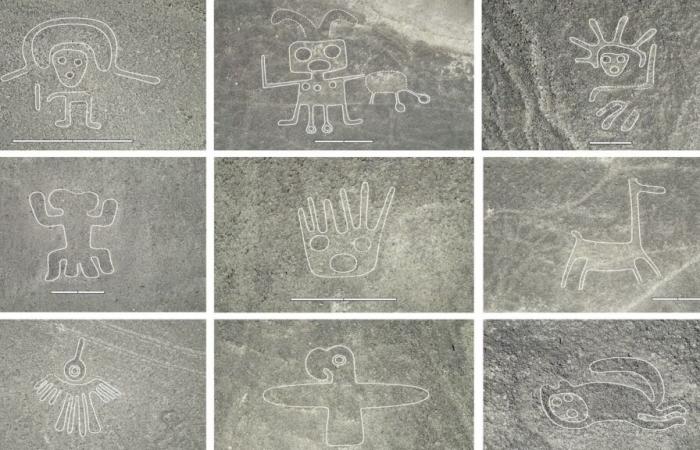What happens with artificial intelligence seems science fiction. Between that he creates images with Ghibli studio aesthetics, he gives recipes better than your grandmother, remember the list of the super and, now, Solve archaeological mysteries more than 2,000 years ago.
In this case, the AI has not only surprised, but has achieved what decades of human exploration did not achieve. Using what we could call a mixture of perception, reasoning and large -scale visual memory, a deep learning model has detected 303 new geoglyphs in the Nazca desertPeru.
These are the famous lines that fascinate scientists, tourists and believers of extraterrestrial theories. Now there are many more, and not thanks to drones or satellites, but to the eye of a trained to see what escapes humans.
The discovery of the 303 new geoglyphs in Nazca
For a century, Nazca Pampa has been an inexhaustible source of questions. ¿Who drew these figures? So that? How did they achieve such precision? But while archaeologists toured the desert on foot, plane or with satellite images, many of these geoglyphs simply did not appear. They simply stayed hidden.
But all that changed. An international team led by Professor Masato Sakai, from the University of Yamagata, used a AI model to analyze high -resolution images and look for visual patterns typical of the so -called figurative geoglyphs of relief.
These are not the huge figures of animals that appear in postcards, but smaller designs (some of just 9 meters) with human forms, decapited heads, scenes of domesticated or ritual animals. What surprises this finding is its volume: In six months, AI found more than 300. A rhythm 16 times faster than that of the last two decades.
The study «AI-accelerated Nazca survey nearly doubles the number of known figurative geoglyphs and sheds light on their purpose», Published in PNAS by Sakai and his team, confirms that these new findings not only extend the inventory, but also They allow to distinguish between two clear types of geoglyphs: Large -scale and straight lines, associated with collective rituals, and those of a relief, more intimate, linked to daily life and ancient paths.
How did AI see so many geoglyphs?
To achieve this, the researchers did not use any algorithm. They trained a convolutional neuronal network with Visual Geoglifos Data Already known, the fair and necessary, because they had no thousands of examples.
From there, the model generated a “probabilities map” that marked areas where new geoglyphs could appear. Then, the human team refined the field search. Of more than a thousand candidates generated by AI, They validated 303 as authentic.
It is normal to think that this requires hundreds of experts, but no. The key was in the precision of the model. For every 36 reviewed images, one gave in the target. That added 1,440 hours of walks in the field and 42 new geometric geoglyphs discovered as ‘bonus’.
However, this is not over. There are still almost a thousand sites indicated by AI that have not yet been explored. Estimates suggest that At least 248 new more figurative geoglyphs could be found.






